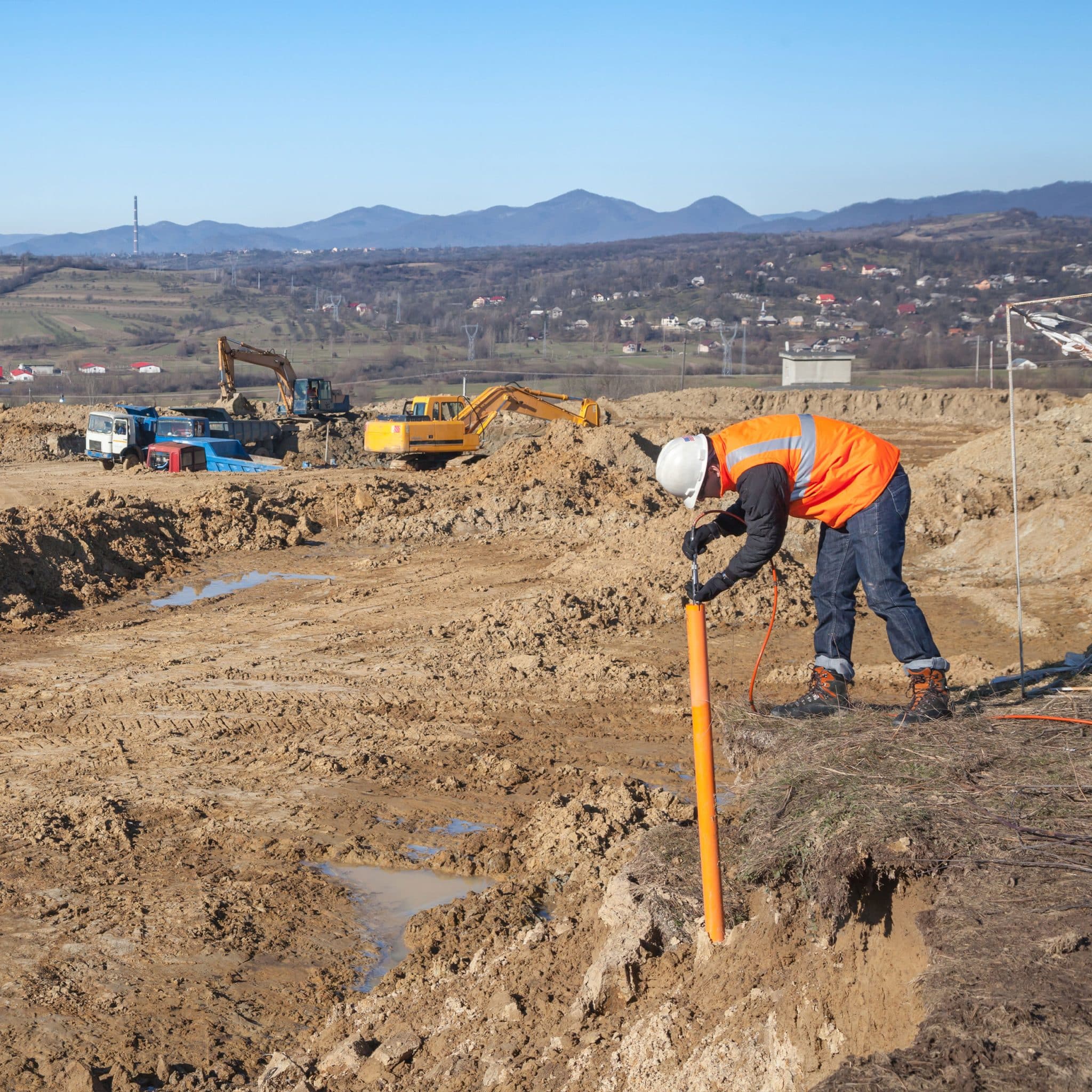Tailings Engineer: Important Proficiency for Lasting Waste Administration in Mining
Tailings Engineer: Important Proficiency for Lasting Waste Administration in Mining
Blog Article
The Interdisciplinary Approaches in the Geotechnical Industry: Linking the Void Between Design, Geology, and Environmental Scientific Research for Optimal Project Outcomes
The combination of design, geology, and ecological science within the geotechnical sector is not merely helpful; it is essential for attaining optimal job results. What techniques might arise to promote this vital partnership and improve the effectiveness of geotechnical techniques?
Importance of Interdisciplinary Collaboration
The importance of interdisciplinary collaboration in the geotechnical industry can not be overemphasized. Efficient geotechnical tasks need the integration of varied experience from numerous fields, including engineering, geology, and environmental science. This partnership makes sure that all aspects of a task are thought about, causing thorough options that address complex difficulties.
Interdisciplinary cooperation fosters advancement by making it possible for experts to share insights and methods that might not appear when operating in seclusion (consulting engineer). By leveraging the toughness of numerous techniques, teams can determine possible dangers, optimize style processes, and boost the sustainability of geotechnical projects. Furthermore, such collaboration promotes an alternative understanding of site-specific conditions, which is critical for accurate evaluation and decision-making.
The intricacy of geotechnical jobs demands a coordinated method to analytic. Ultimately, interdisciplinary cooperation is important for progressing finest practices and attaining quality in the geotechnical industry.
Secret Functions of Each Technique
Partnership amongst various self-controls is not simply helpful; it is vital for the successful implementation of geotechnical projects. Each self-control-- design, geology, and ecological scientific research-- plays an unique yet interconnected function that adds to forecast efficiency and sustainability.
Geotechnical engineers are mainly in charge of making foundations and guaranteeing structural integrity. They assess dirt and rock properties to analyze load-bearing abilities, supplying crucial information for risk-free construction practices. Their proficiency allows the solution of cutting-edge solutions to complex difficulties.

Ecological researchers analyze the potential impacts of building and construction on ecological communities and water resources. They perform ecological analyses and establish mitigation strategies to decrease negative effects. By incorporating environmental considerations, they make certain compliance with regulations and advertise sustainability throughout the job lifecycle.
Study of Effective Assimilation
Successful combination of geotechnical techniques can be exhibited through different study that highlight the performance of teamwork in resolving complex design challenges. One remarkable example is the building and construction of the Hong Kong-- Zhuhai-- Macau Bridge, where a collaborative strategy involving geotechnical design, geology, and environmental scientific research was important. Engineers and rock hounds functioned in unison to assess the seabed conditions and maximize the structure design, making sure security and minimizing environmental effect.
An additional impactful case is the improvement of slope security in the San Francisco Bay Location, where an interdisciplinary group combined geotechnical evaluation with ecological analyses. By integrating geological studies and hydrological researches, the team efficiently identified prospective landslide risks and implemented efficient reduction steps, improving security and sustainability.
Moreover, the redevelopment of Brownfield sites typically calls for a multidisciplinary strategy. In one instance in Chicago, cooperation amongst geotechnical engineers, environmental scientists, and urban planners caused the effective removal of infected dirt, permitting the risk-free improvement of the site into a community park. These study highlight that interdisciplinary partnership not only addresses technical obstacles yet likewise promotes innovative solutions that profit both communities and tasks.
Difficulties in Multidisciplinary Projects

Furthermore, collaborating timetables and operations among different groups can be problematic, find more particularly when each technique has special project landmarks and deliverables. This imbalance can lead to hold-ups and raised costs. The difficulty of source appropriation also impends big; making certain that specific experience is offered at important points calls for cautious planning and foresight.
Last but not least, regulatory compliance presents one more significant obstacle. Each discipline might encounter different regulative frameworks, and lining up these needs to fulfill task objectives can be taxing and complicated. Addressing these obstacles demands strong leadership and reliable communication techniques to cultivate collaboration and make certain that multidisciplinary teams work cohesively towards shared objectives.
Future Trends in Geotechnical Practices
As the geotechnical sector develops, arising patterns are reshaping practices to resolve the obstacles encountered in multidisciplinary tasks - tailings engineer. One substantial fad is the raised combination of sophisticated modern technologies, such as expert system and artificial intelligence, into geotechnical evaluation and style. These innovations boost predictive modeling and risk assessment, making it possible for engineers to make more educated choices throughout the task lifecycle

Additionally, the adoption of electronic twins and real-time monitoring systems is becoming extra widespread. These devices promote recurring evaluation of soil conditions and architectural efficiency, enabling for timely interventions when issues occur.
Conclusion
In final thought, the assimilation of design, geology, and ecological scientific research is crucial for view it accomplishing ideal results in the geotechnical industry. Interdisciplinary partnership cultivates advancement, boosts analytic abilities, and straightens technological requirements with ecological sustainability. Successful instance check researches illustrate the advantages of this strategy, while recognizing the difficulties dealt with in multidisciplinary tasks. Looking in advance, embracing these collective methods will be necessary for browsing future fads and advancing the area of geotechnical design.
The assimilation of design, geology, and environmental science within the geotechnical industry is not simply helpful; it is imperative for achieving ideal project outcomes. Effective geotechnical projects require the integration of varied experience from different fields, consisting of engineering, geology, and environmental scientific research.Browsing the complexities of multidisciplinary jobs in the geotechnical industry provides a number of significant challenges.As the geotechnical sector evolves, emerging trends are reshaping practices to deal with the challenges faced in multidisciplinary jobs. Geotechnical engineers are increasingly collaborating with ecological scientists to guarantee that jobs align with sustainability goals and conform with regulatory requirements.
Report this page